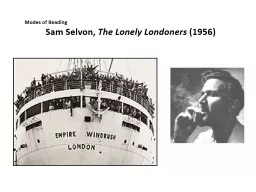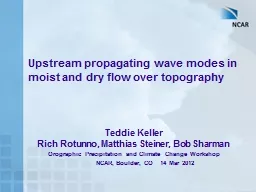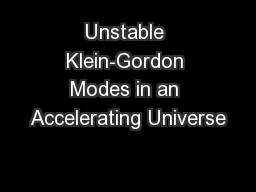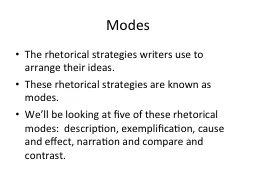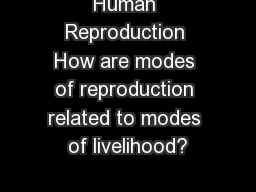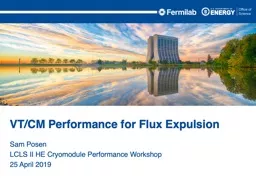PPT-Modes of Reading Sam
Author : dorothy | Published Date : 2021-01-28
Selvon The Lonely Londoners 1956 httpswwwbluk windrush Sam Selvon George Lamming Sam Selvon The Lonely Londoners 1956 New York Longman 1987 p23 One grim winter
Presentation Embed Code
Download Presentation
Download Presentation The PPT/PDF document "Modes of Reading Sam" is the property of its rightful owner. Permission is granted to download and print the materials on this website for personal, non-commercial use only, and to display it on your personal computer provided you do not modify the materials and that you retain all copyright notices contained in the materials. By downloading content from our website, you accept the terms of this agreement.
Modes of Reading Sam: Transcript
Download Rules Of Document
"Modes of Reading Sam"The content belongs to its owner. You may download and print it for personal use, without modification, and keep all copyright notices. By downloading, you agree to these terms.
Related Documents

